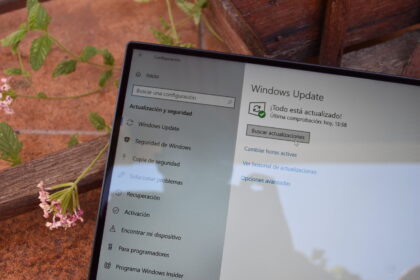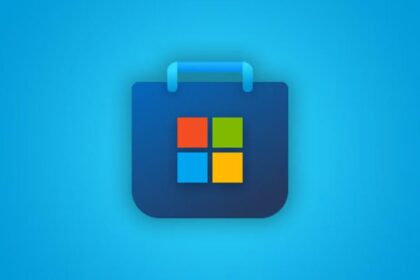It looks like Microsoft is finally moving beyond traditional passwords. After years of promoting passwordless authentication as the future of online security, the company is now putting that vision into practice.
The journey began with FIDO2 and WebAuthn, followed by the introduction of passkeys. Now, Microsoft is taking a decisive step by integrating passkey support directly into Microsoft Edge on Windows (starting with version 142).
According to Microsoft’s official blog, Edge now lets users save and sync passkeys through the Microsoft Password Manager, with encrypted backups stored in their Microsoft account. When users sign in on a new device, they’ll only need their PIN to unlock the manager and access their stored passkeys.
How It Works
When you visit a website that supports passkeys, Edge will prompt you to create one and save it in the Password Manager. From then on, you’ll log in using your fingerprint, facial recognition, or device PIN — no traditional password required.
All passkeys are securely backed up and synced across devices linked to your Microsoft account. Moving them to another PC will require verification through the Password Manager’s PIN system. For now, the feature is exclusive to Windows, but Microsoft says it plans to expand support to other platforms “in the future.”
To strengthen transparency and security, unlock attempts and PIN resets are logged in Azure Confidential Ledger, offering a verifiable audit trail for account activity.
Why Passkeys Matter
Passkeys are designed to replace weak or reused passwords that often lead to breaches. Based on public key cryptography, they ensure that only a public key is stored by the website, while the private key stays securely on your device. This makes them inherently resistant to phishing and credential-stuffing attacks.
In other words, even if a hacker gets hold of a company’s user database, your private credentials remain safe.
This update has been a long time coming. Competitors like Apple and Google have already rolled out passkey support across their browsers and devices, leaving Microsoft lagging behind in its own ecosystem.
With Edge 142, Microsoft is finally catching up — giving Windows users a smoother, safer way to sign in and setting the stage for broader cross-platform adoption.
While it’s not the end of the road for passwords just yet, this marks a major milestone in Microsoft’s passwordless journey — one that could eventually redefine how millions of users log in every day.











